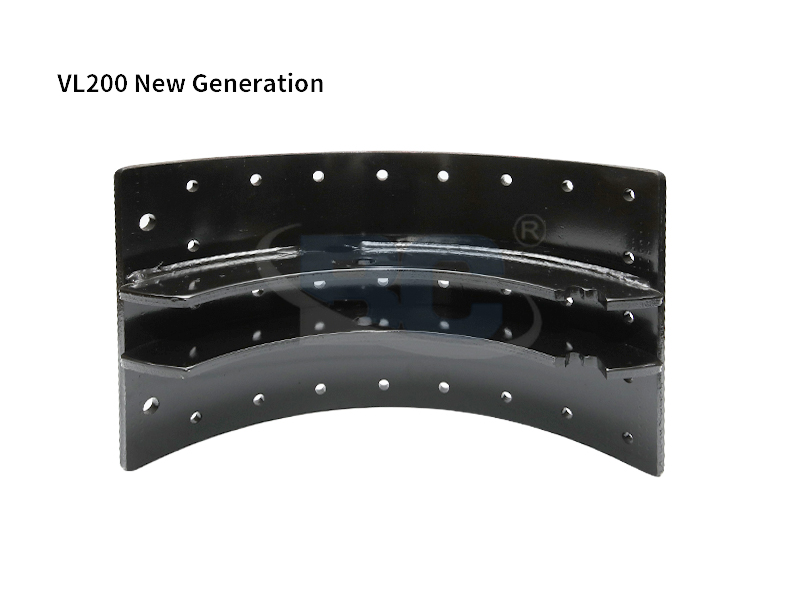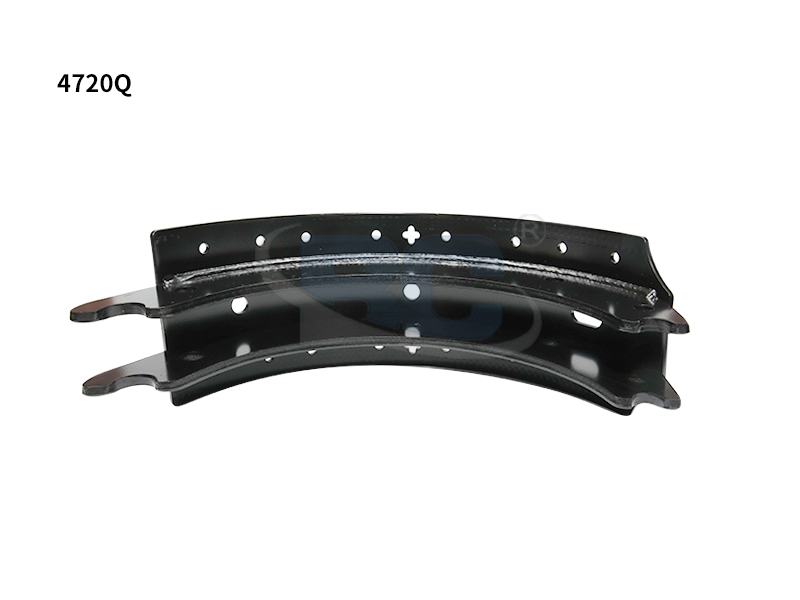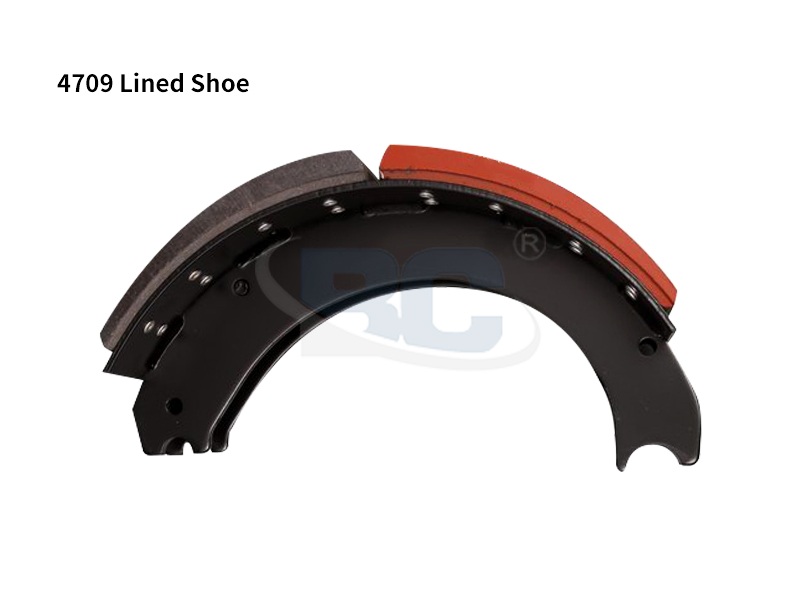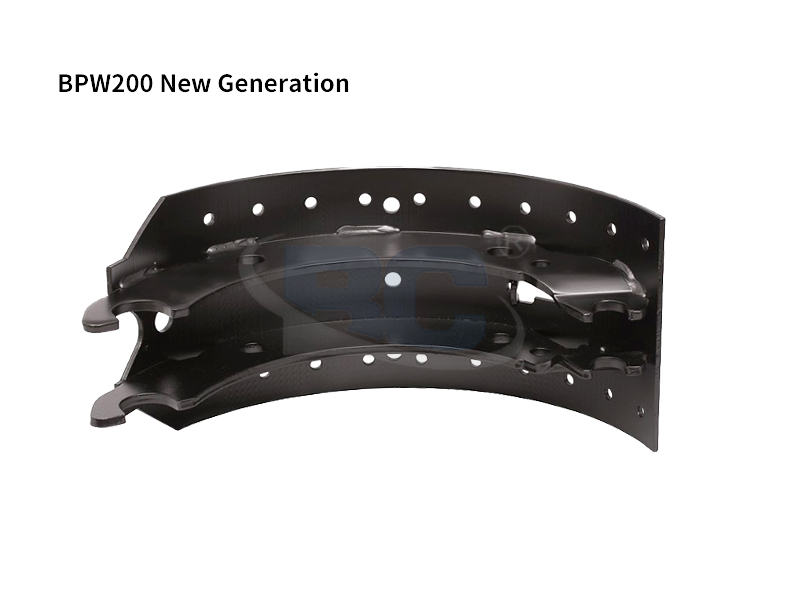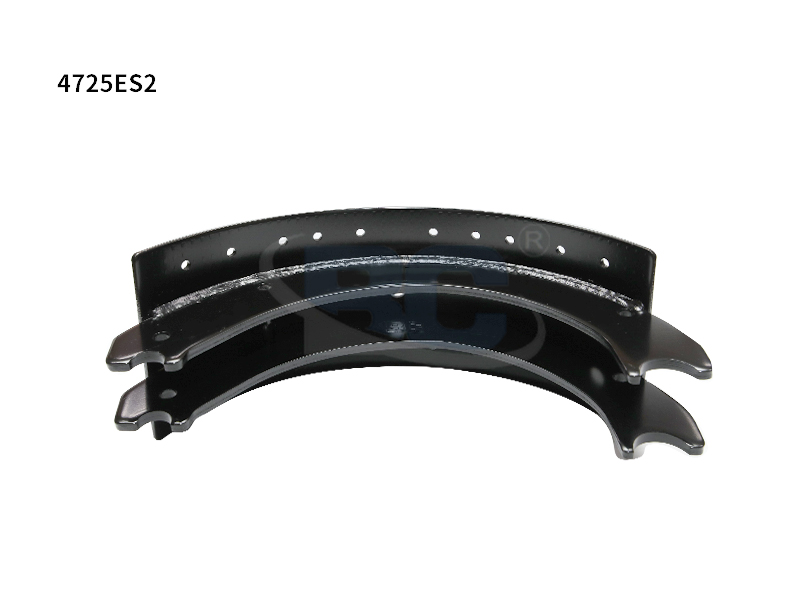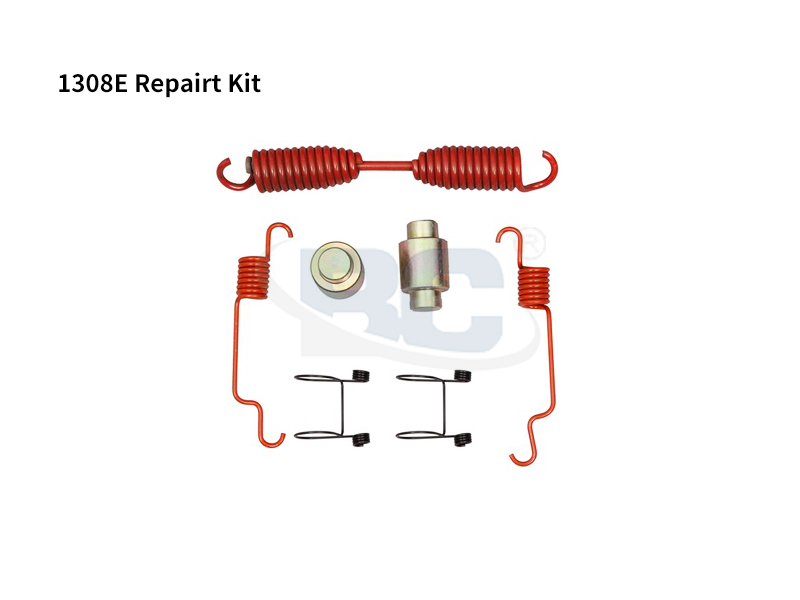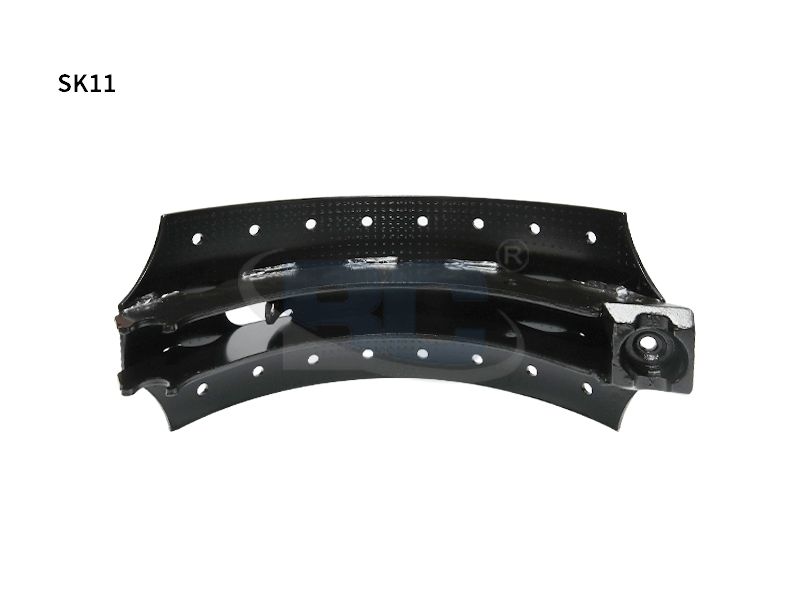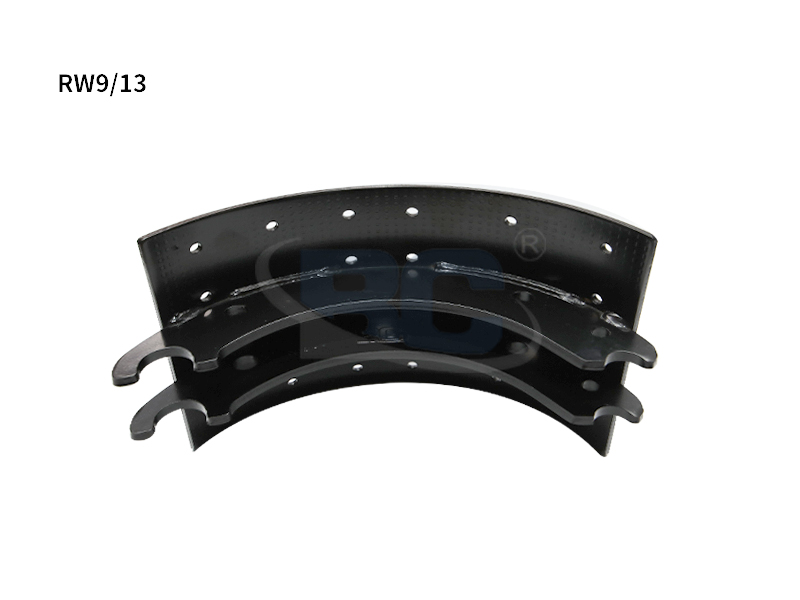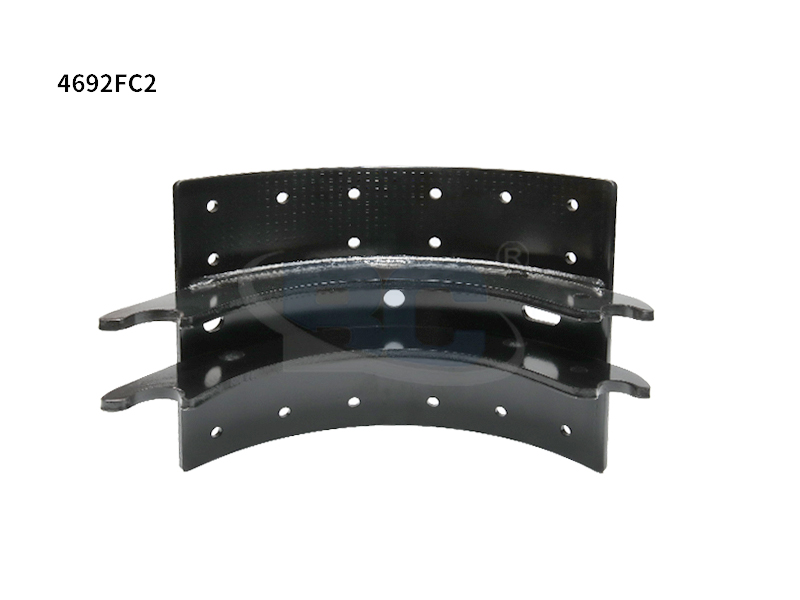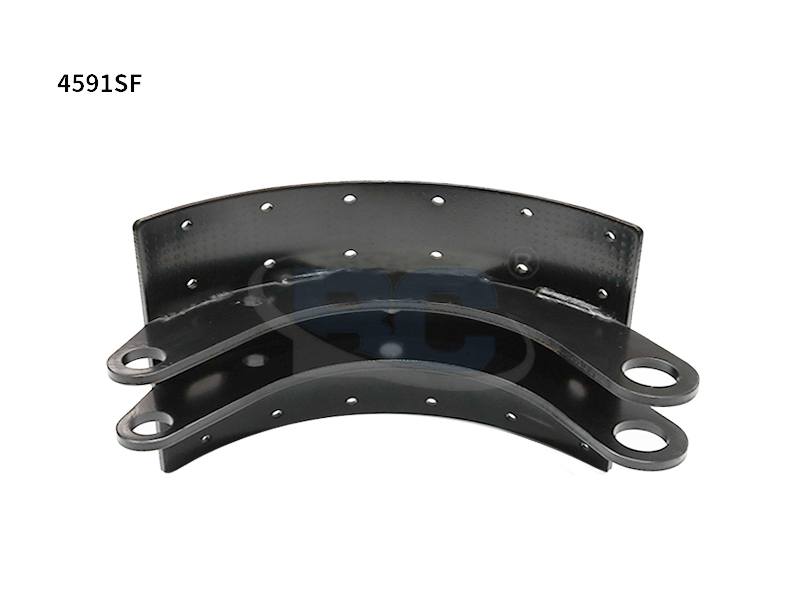Brake linings are the consumable surfaces on brake systems, which include disc and drum brakes. These brakes are used in various types of vehicles, including transport vehicles. They are a key component of a vehicle's braking system and need to be replaced regularly to prevent brake failure. If the brake lining becomes worn out, it will cause the vehicle to malfunction and lead to an expensive repair bill.
Brake linings come in a variety of materials and shapes and are bonded to a metal or ceramic backing. As a result, they absorb and convert heat energy generated during braking. They must also have high coefficients of friction and be durable to withstand high levels of pressure and heat. Common materials used for brake linings include carbon composites, cellulose mineral fibers, steel fibers, and chopped glass.
Brake linings can be upgraded to give them a better performance. If your vehicle is used for racing or high-performance driving, you may not want to use the original equipment linings. Instead, you may want to upgrade to a specialty-grade or premium-grade lining. The specialty-grade linings are made to handle higher temperatures without fading.
Brake linings are often the first parts of a vehicle to wear out. When your lining is worn out, it will reduce your car's stopping power and can result in brake fade. To avoid brake fade, you need to replace your brake lining before it gets too old. By doing this, you'll prolong the life of your vehicle.
In some cases, a worn brake lining can cause severe problems with your brakes. It can cause a grinding or squealing sound, and may even cause damage to the spinning element or brake plate. If this happens, it will cost you more money to repair. A new brake lining can save your car from a costly repair bill.
The brake lining is a vital part of your braking system and plays a critical role in stopping the vehicle when you apply the brake pedal. If you apply brakes without replacing the lining, you could cause accelerated wear on your rotors and drums. This is why it's so important to match your lining with your vehicle's braking system.
There are two types of brake linings: hard and soft. Some brake linings are made of asbestos, while others are made from non-asbestos materials. In general, you should not use brake linings that contain asbestos as they can pose a health risk to you. Fortunately, some manufacturers no longer use asbestos in brake linings, but some industries still use them.
When selecting a brake lining, it is important to choose one that has a high friction coefficient. Brake linings that have a high friction coefficient will not lose their braking properties as the brake pad temperature increases. Additionally, brake linings should be resistant to abrasion. In addition, they should have a long service life.
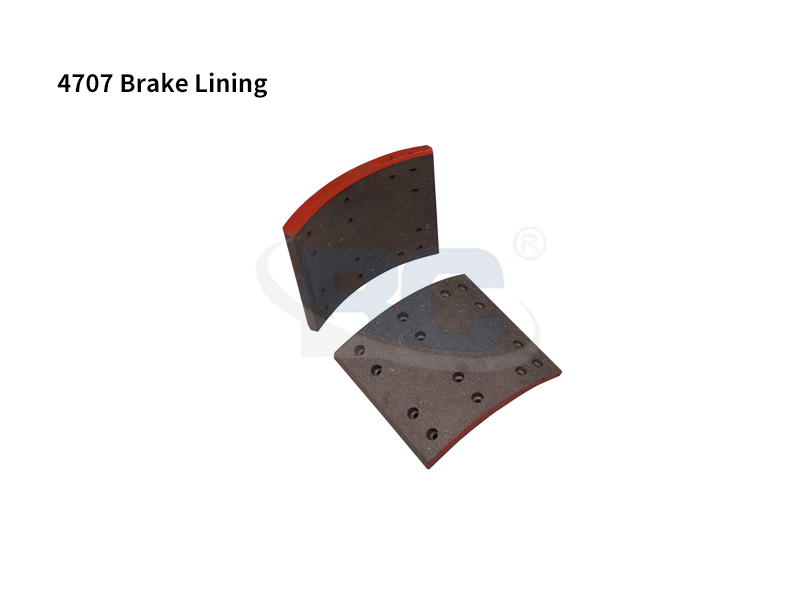
4707 Brake Lining
Part Number:4707 Brake Lining
Product Size:16.5"*7"
Number of rivet holes:14/16
WVA NUMBER: 19030/33

 English
English 简体中文
简体中文